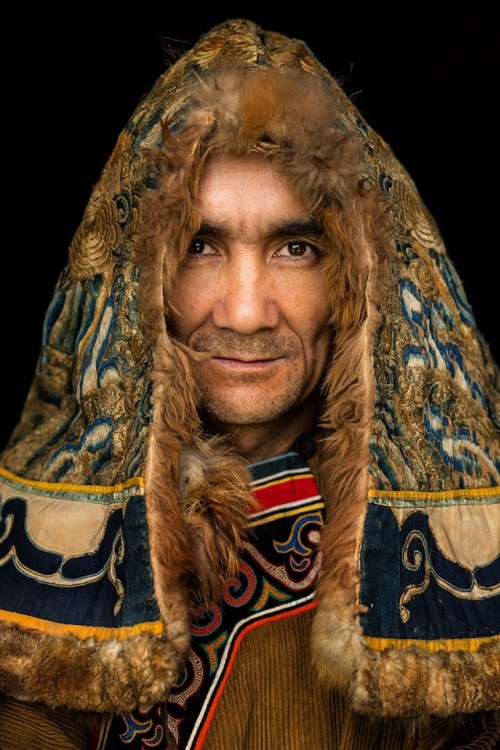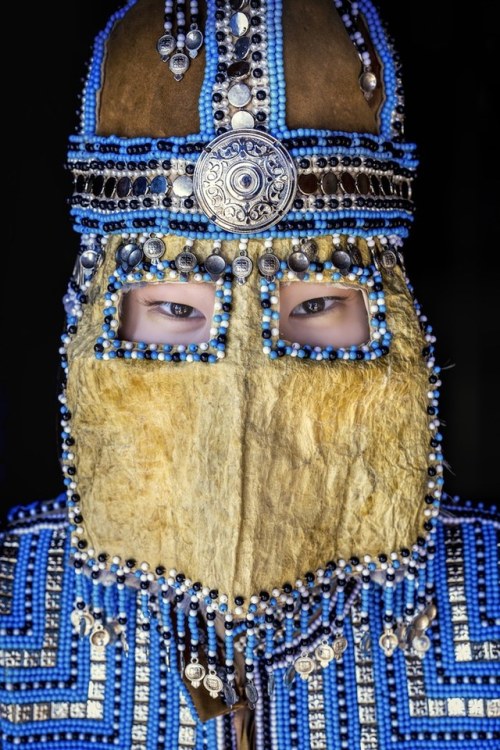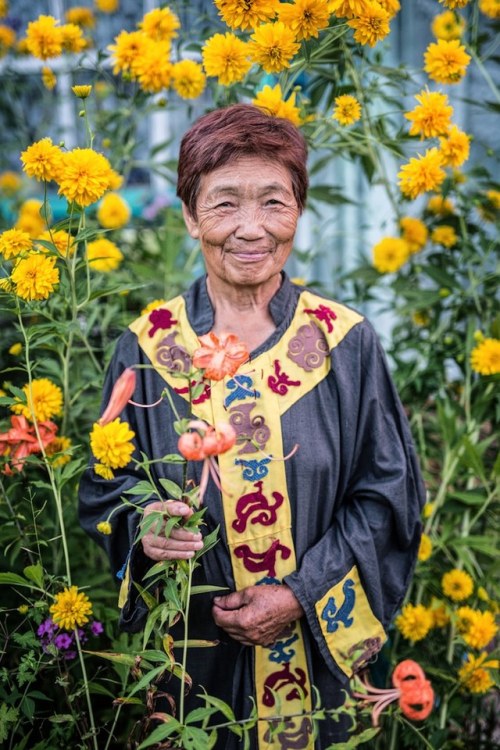#russia
Mass cultural boycotts of Russian culture such as banning books by Dostoevsky, the Bolshoi, pulling Russian films from film festivals, operas, plays etc is extremely wrong because a disgraceful autocrat is carrying out atrocities that is not in the name of the Russian people. The bastardization and degrading of culture is always wrong and it can expand to wider barbarity and dehumanization. Censoring Russian art is not an anti-war position.
New Post has been published on https://www.alwayswanderlust.com/moscow-metro-stations/
Moscow Subway Stations to Check Out When You’re in Russia
Moscow Metro Station is the most beautiful and luxurious metro station in the world, just like a huge underground art gallery.
Get your travel visa at Visa Express
The Moscow Metro was built in the 1930s. At that time, Soviet leader Stalin used the subway as an ideological propaganda tool. He said: The subway must have the function of educating the people. At that time, the most outstanding architects and artists of the Soviet Union were assembled, and a large number of “tall” subway stations were built at any cost, which is very communist-chan. Although it costs a lot of money and labor, it has left an extremely precious artistic wealth for future generations.
The Moscow metro system consists of 14 lines (four of which will be connected in pairs in subsequent construction), with a total length of 360 kilometers, a total of 212 stations, 44 of which are listed as cultural heritage, and more than 40 metro stations are architectural monuments. It is the sixth busiest subway system in the world in terms of passenger flow (after Beijing, Tokyo, Shanghai, Seoul, and Guangzhou).
Each subway station has a unique shape and style, elegant and gorgeous, worth exploring, designed by a separate architect, and there are many renowned masters among them. Among the more than 200 subway stations, there will never be two that are the same. Each subway station uses stone from more than 20 different origins in the former Soviet Union Ural Mountains, Altai, Central Asia, the Caucasus, and Ukraine, and paves the walls and floors, as well as reliefs and mosaics composed of marble, granite, ceramics, and multicolored glass. The mosaic paintings are dazzling and completely subvert the concept of the subway.
Every day the people of Moscow travel, it is like experiencing a baptism of beauty. The escalators leading to the exit were arranged in an orderly manner, standing consciously to the right.
In the initial stage of the construction of the Moscow subway, considering its military function, Stalin asked to dig deep at all costs. The subway with a maximum depth of 100 meters played an important role in the Great Patriotic War. In addition to becoming a well-equipped wartime headquarters, It can also serve as a wartime shelter, makeshift hospital, an air-raid shelter.
I remember the day I went to watch the semi-finals. When I got up from the subway, the Croatian fans and the English fans each occupied an ascending elevator to sing to each other. I held the phone and recorded the video for more than two minutes. Of course, there is another reason: this day is a match day, so you can take the subway with your FAN ID card! flower! money!
The Komsomolskaya Station of Line 5 (Комсомольская)
Built in 1952, has a Baroque style and is the pinnacle of Stalin’s empire architecture. Marble columns, elegant chandeliers, like a luxurious underground palace. The bright yellow mortar vault is dotted with exquisite mosaic mosaics on both sides, depicting famous generals, including Alexander Suvorov, Kutuzov, Peter the Great, Dmitry Donskoy, etc.
Line 5 Kiev Station (Киевская)
Built in 1954, the murals reflect the scenery and history of Ukraine. The sturdy Cossacks on the Don River, beautiful Ukrainian girls and ethnic dances, the beautiful scenery of Crimea and the Black Sea, and the gorgeous hollow plaster frames are the pinnacle of luxurious decoration of subway stations. Near the exit is the Kiev railway station leading to Ukraine.
Line 5 Xinzhuang Station (Новослободская)
Built in 1952, the designer is Alexey Dushkin, there are 32 brilliant stained glass murals, reminiscent of the glass windows in the church. Six of them describe the lives of the socialist people.
The Belarusian Station of Line 5 (БЕЛОРУССКАЯ)
Opened in 1952, is named because the exit is the railway station leading to Belarus. The sculptures are guerrillas, mostly scenes of people living, working, and fighting in Belarus. It was once the seat of the highest combat command of the Soviet Army during the Great Patriotic War.
Line 2 Mayakovs base station (Маяковская)
Built in 1938, belongs to the Stalinist neoclassical style. It won the design gold medal at the 1938 New York International Exhibition. The marble arches on both sides of the platform hall are inlaid with gleaming stainless steel. On the dome is a circle of illuminators, inlaid with mosaic murals by the famous Soviet painter Deineka, a total of 31 pieces. The name of the station is to commemorate the Soviet revolutionary poet Mayakovsky. There is a bust of him at the end of the platform hall. The party congress was once held here.
The Revolution Square Station (Площадь)
Line 3 was built in 1938. Since it is located near the underside of the Red Field, it must be “rooted in red.” The designer set up a pair of two-person-high bronze statues at the entrance of each porch, a total of 72 statues, including workers, farmers, students, soldiers of the three services, athletes, etc., everyone maintains a squat posture, or holds a weapon, or Gearing up, frowning one by one, as if waiting for the order to leave immediately.
Tips:
1. The one-ticket system is divided into a single ticket, multiple tickets, day tickets, etc. You can transfer freely on the way.
2. There are many different routes at the transfer point, and the names of subway stations are different for different routes, which means that a subway station will have several different names.
3. Ticket check/swipe only at the entrance, no payment when leaving the station.
4. It is best to prepare change before buying a ticket
5. The subway runs from 5:30 to 1:30 in the morning. It is not recommended to ride too late.
Although there are people coming and going in the subway, there is no hustle and noise, and no commercial advertisements to win over and kidnap people’s hearts. As far as I can see, there are only those exquisite murals and lifelike sculptures that have stayed in the last century. Art, history, public transportation, and society are perfectly integrated 100 meters underground. Sitting in an old subway car, passing platform after platform, as if experiencing the complete story from the Soviet Union to Russia.
Ready to go to Moscow?
Opinion: Have you noticed the contrast between coverage of Ukraine and Palestine?
“But it is not just about skin colour and Ukrainians “looking like Europeans”. The double standard is also a reflection of western foreign policy, and the ways in which such policies and priorities can be reflected in media coverage.”

Biden did that!

Biden is forcing us into the Twilight Zone

A Special Kind Of Stupid

Biden voters object to the Russian invasion of Ukraine, but thanks to Biden energy policies, they’re fundingit.
Portraits of the people of Siberia by Alexander Khimushin
1. Buyat girl, Buryatia Republic, Siberia (ethnic Mongols)
2. Dolgan girl, Republic of Sakha, Siberia
3. Even young man, Yakutia, Siberia (the Even are a different group than the Evenki)
4. Nanai girl, Siberia
5. Nanai people with the photographer, Siberia
6. Nivkhi man, Siberia
7. Sakha girl in traditional wedding mask, Siberia
8. Sakha girl
9. Tazy woman, Siberia
10. Uilta girl, north of Sakhalin Island, Siberia
Post link
One Arctic town’s very busy polar bear patrol
Recent news have reported that a Russian town had to declare a state of emergency as large numbers of polar bears invaded the town in search of food. As ice melts and it becomes harder for bears to find food, human-bear conflict is becoming more and more frequent. here’s the story of such conflicts on Greenland.
Living with polar bears
Dine steps outside the incineration plant early in the morning to smoke a cigarette. Flicking on his lighter, he finds himself looking into the eyes of a polar bear standing by his ATV four meters away. The bear moves straight towards him. Dine races for the corner of the building, and fortunately, the bear chooses to move in another direction.
Mikkel, who works at the weather station, goes to launch a weather balloon at 22:00. As he walks towards the building, he hears the ice crunch behind him. He turns around and sees a polar bear three meters away. He runs inside, and the polar bear takes off down the slope at the dump and swims towards Storesten.
The hard work of the polar bear patrol
Throughout the Arctic, conflicts between polar bears and humans have risen as summer sea ice shrinks due to climate change. In some areas, bears are now forced to stay on land for longer periods than before. In their search for food, they are often attracted to nearby villages.
In Ittoqqortoormiit, Greenland, the problem is particularly severe as a deluge of bears created life-threatening situations for both bears and the villagers.
In 2007, nine polar bear conflicts were registered in all of Greenland. By 2017, there were 21 conflicts between August and December in Ittoqqortoormiit alone. In almost all of the 21 cases, the local polar bear patrol was called to ensure that the bears were scared away from the community and kept under observation.
WWF provided support for the community to establish a polar bear patrol in 2015 to protect the town’s 450 residents from dangerous encounters on their way to school or work, and to reduce the number of bears killed in self-defense. During peak polar bear season in autumn, the patrol is particularly active just before school opens each morning.

“The community members tell us that the patrol gives them greater peace of mind, and we prevent a lot of polar bears from being shot in self-defense”, says Bo Øksnebjerg, Secretary-General of WWF-Denmark. “So on the one hand, we’re glad that the polar bear patrol is working so well. On the other hand, we regret that the patrol is so busy. Everything indicates that the problem of hungry polar bears in communities will continue to grow as the sea ice shrinks.”
WWF supports similar polar bear patrol projects in Alaska and Russia. These community projects aim to prevent unintended and potentially fatal encounters between polar bears and people, keeping both towns and bears safe. Deterrence tools such as noisemakers as well as better lighting near public places, bear-proof food storage containers, and warning plans for when bears enter communities are further effective means of protection.
The village of Wales, Alaska—the westernmost town in mainland North America— started a polar bear patrol in 2016. Now, they are embarking on an expedition to six other villages in the region to tell their story, listen to the concerns of other villages, and see if a polar bear conflict avoidance/deterrence program might be a good fit for them. WWF has committed to helping two additional Alaskan villages initiate polar bear patrol programs in 2019.
Post link




























